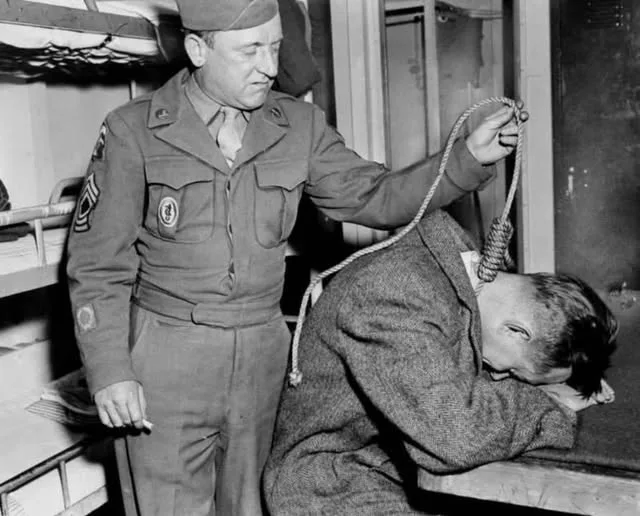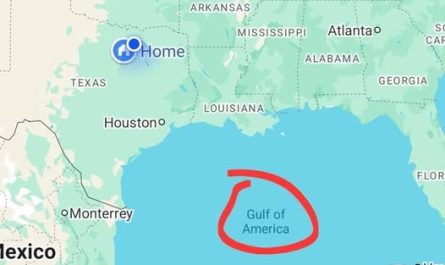The Disturbing Truth About Master Sergeant John C. Woods
He killed 347 people with a rope, and he did it with a smile.

Between 1944 and 1950, Master Sergeant John Clarence Woods became the United States Army’s official executioner for both the European and Pacific theaters. His name is forever linked to the gallows at Nuremberg, where, on the night of October 16, 1946, he hanged ten of Nazi Germany’s most notorious war criminals in just 103 minutes.
To the Army, he was efficient. To eyewitnesses, he was a sadistic amateur who turned judicial executions into slow strangulation.
This is the real story of the man who dropped monsters through the trapdoor — and bragged about making them suffer.
A Drifter in Uniform
Born in 1911 in Wichita, Kansas, Woods never finished high school. He drifted through odd jobs until 1930, when he enlisted in the Army — only to be discharged months later as “mentally unfit” and diagnosed with psychoneurosis.
When World War II broke out and the military needed bodies, Woods slipped back in. In 1944, someone discovered he had once claimed to be a hangman in Texas or Oklahoma (a complete lie). The Army, desperate for an executioner, didn’t check references. They sent him to a two-week crash course under Britain’s master hangman Albert Pierrepoint — who later described Woods as “the worst executioner I ever trained.”
That was the extent of his qualification.
Nuremberg, October 16, 1946
Woods built the twin gallows himself inside the prison gymnasium. He deliberately used thin, soft Italian hemp rope (instead of the standard British drop rope) and gave drops that were far too short for the victims’ weights. The result: instead of a clean cervical snap, most men died by slow strangulation.
Official times to death (recorded by U.S. Army physicians):
- Joachim von Ribbentrop – 10–14 minutes
- Wilhelm Keitel – 18–24 minutes (longest; audible moaning)
- Ernst Kaltenbrunner – 12–18 minutes
- Alfred Jodl – 16–18 minutes
- Julius Streicher – 10–15 minutes (shouted “Heil Hitler!” as he dropped)
American reporter Kingsbury Smith, one of the eight official witnesses, wrote that blood poured from under the black hoods where heads struck the scaffold frame. Some bodies continued to twitch for nearly half an hour.
When a colonel later asked Woods why the executions took so long, he grinned and replied: “Ten men in one hour and forty-three minutes. That’s fast work.”
The Pacific and Tojo
After Germany, Woods flew to Japan. There, in the same cold, clinical style, he hanged General Tojo Hideki (the photo of him testing the noose on Tojo’s neck is one of the most haunting images of the postwar era) and dozens of other Japanese war criminals. Again, eyewitnesses reported prolonged deaths and unnecessary cruelty.
His Own End
July 21, 1950 – Eniwetok Atoll, Marshall Islands While demonstrating hanging equipment for an Army training film, Woods touched a live wire on wet ground. He was electrocuted instantly. He was 39.
The Army buried him in a small Kansas cemetery. His headstone simply reads “John C. Woods – Kansas – Master Sgt – World War II.” No mention of the 347 lives he took.
The Final Judgment
Defenders argue: the condemned were architects of genocide. They deserved no mercy, and the method was legally approved.
Critics answer: the United States stooped to the level of vengeance, allowed an unqualified, possibly sadistic man to represent American justice, and violated the very principles the tribunals claimed to defend.
Whatever the verdict, one thing is certain: when the lights finally went out on the Third Reich’s leadership, it was a barely literate drifter from Kansas — a man once declared mentally unfit to serve — who pulled the lever.
And he did it 347 times without ever losing sleep.
Rest easy, Sergeant Woods. History still hasn’t decided whether you were justice… or just another kind of monster.





